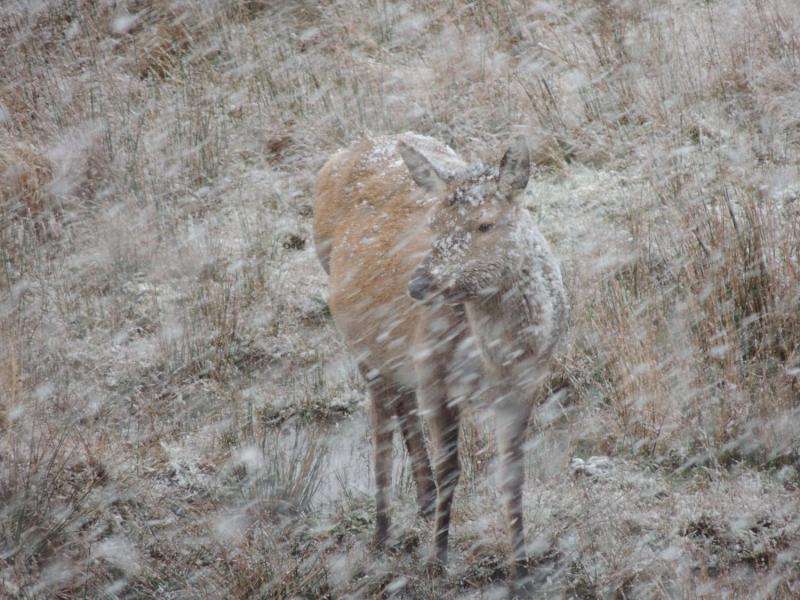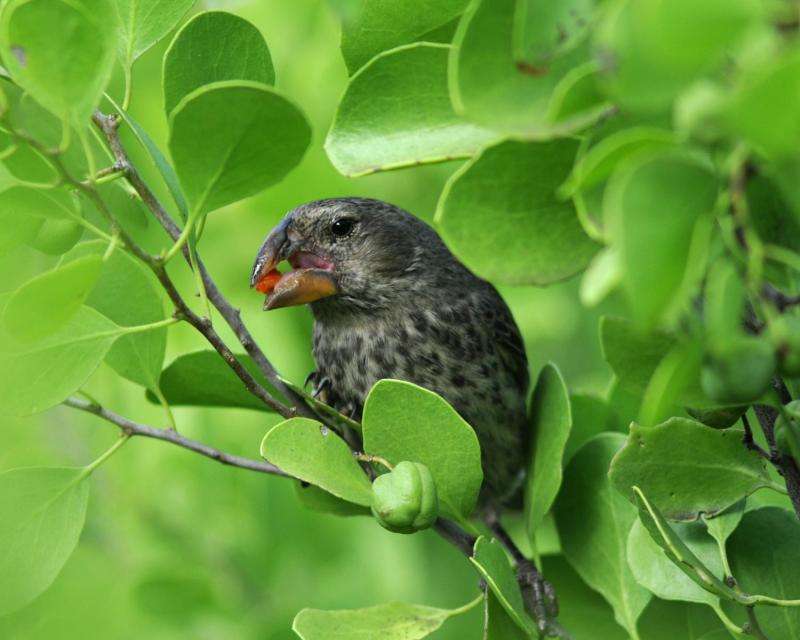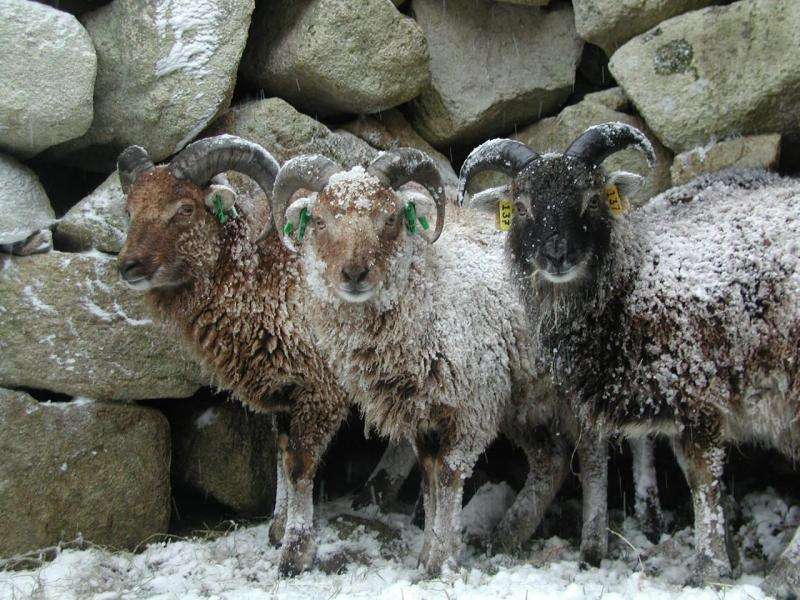Changes in precipitation patterns influence natural selection at global scale

What matters more for the evolution of plants and animals, precipitation or temperature? Scientists have found a surprising answer: rain and snow may play a more important role than how hot or cold it is.
Rainfall and snowfall patterns are changing with climate variation, which likely plays a key role in shaping natural selection, according to results published today by an international team of researchers.
Twenty scientists from the United States, Canada, Europe and Australia contributed to the study. Their results were published in the journal Science.
The team assembled a database of 168 published studies that measured natural selection over certain time periods for plant and animal populations worldwide. The results from the data set the scientists examined showed that between 20 and 40 percent of genetic changes could be attributed to variability in local precipitation.
"Previous evidence from other studies indicated that climate variation might be really important in how plants and animals evolve," said lead author and University of Arkansas biologist Adam Siepielski, whose work is supported by the National Science Foundation (NSF). "We wanted to know if we could explain variation in selection across diverse plant and animal populations through a few simple climate variables. It turns out that, yes, we can."

That's significant, he says, "especially considering the global scale of the study. These results suggest that variation in selection is actually partly predictable based on climate features like precipitation."
Adds Doug Levey, program director in NSF's Division of Environmental Biology, "These results show that changes in precipitation can have surprising evolutionary effects on plants and animals worldwide."
In a time of change for rainfall, snowstorms and other forms of precipitation, plants and animals are changing, too, Siepielski said. As an example, Siepielski cited birds that live in the Galápagos Islands, called medium ground finches. The birds' beak sizes and shapes have changed over several generations.

"Differences in precipitation over years have affected the sizes of seeds available for the birds to eat," Siepielski said. "Birds that had bills well-matched to eat particular seed sizes were the ones that tended to survive."
The team found that changes in temperature had much less effect than precipitation. Siepielski called that surprising. "Temperature didn't have much explanatory power," he said. "It might act on a different scale that we couldn't pick up in the data set."
"By showing that selection was influenced by climate variation," the researchers stated in their paper, "our results indicate that climate variability may cause widespread alterations in selection regimes, potentially shifting evolution on a global scale."
Translation: what comes down as rain or snow may radically alter how some species will evolve.

More information: Adam M. Siepielski et al. Precipitation drives global variation in natural selection, Science (2017). DOI: 10.1126/science.aag2773
Journal information: Science
Provided by National Science Foundation



















